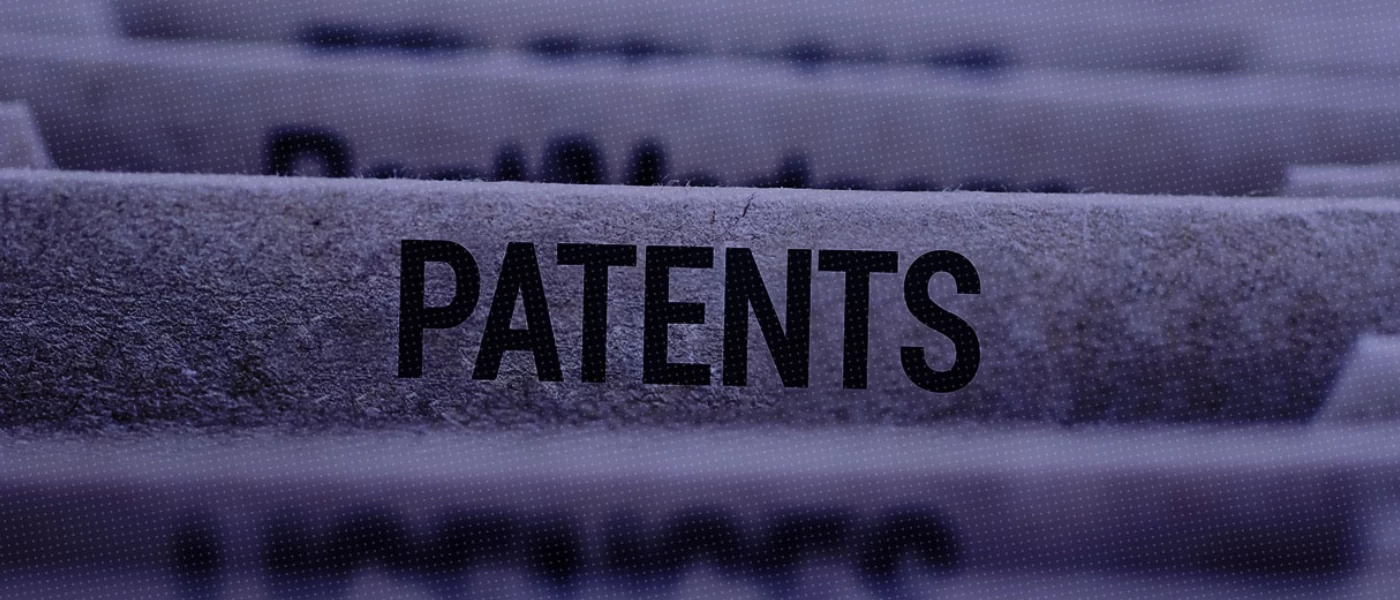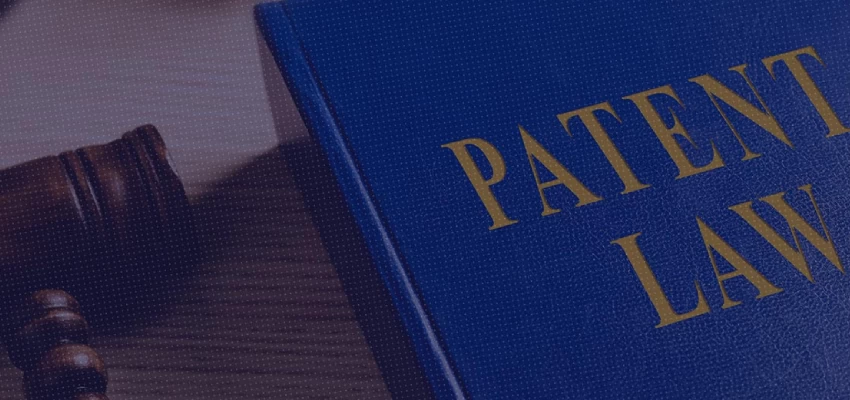A statutory prerequisite for a divisional patent application to be valid is the presence of a plurality of inventions in the parent application. In India, the jurisprudence in this regard has evolved through decisions such as in Esco Corporation v. Controller of Patents & Design decided on October 27, 2020[1] by the erstwhile Intellectual Property Appellate Board (IPAB) and the recent decision of the Delhi High Court (‘Court’) in Boehringer Ingelheim International GMBH v. The Controller of Patents & Anr. decided on 12 July 2022[2]. The presence of plurality of invention is the legal basis for dividing a patent application in US[3] and EP[4] as well.
In India, a divisional application under Section 16 of the Patents Act, 1970 (‘Act’), may be pursued to overcome an objection by the Patent Office on the unity of invention or voluntarily by the Applicant if the claims of the parent Application are directed to more than one invention. In cases where the divisional application is voluntarily pursued in exercise of the Applicant’s right under Section 16 of the Act, the requirement in India appears relatively more stringent in respect of the Applicant, especially in the light of recent decisions1,2,[5]. The burden to show that a plurality of inventions exists, in such cases, lies with the Applicant. Not only that, in India, such divisional applications, in practice, will be considered valid only if (i) a plurality of invention exists in, not just the specification, but the claims of the parent (first mentioned) application; and (ii) the claims of the divisional are not the same as that of the first mentioned application, i.e., not already considered and examined during prosecution of the first mentioned application. Therefore, the plurality of invention must be gleaned from a reading of the claims of the parent application. In this regard, the laws in other jurisdictions are relatively different. In EP, for example, the claims of a divisional application need not be limited to subject-matter already claimed in claims of the parent application[6]. However, the subject-matter may not extend beyond the content of the parent application as filed[7].
The rationale for such stringent interpretation was clarified in the decision of Boehringer Ingelheim International GMBH v. The Controller of Patents & Anr. 2, where a divisional application, filed suo moto, was held invalid. The reason for invalidity, in this case, was the absence of a plurality of inventions in the as filed claims of the parent application, and that the claims of the divisional application did not find its root in the as filed claims of the parent application. The Court held that divisional applications cannot be allowed merely on the basis of disclosure in the complete specification, without such an invention being claimed in the parent application as it would defeat one of the fundamental rules of patent law, i.e., ‘what is not claimed is disclaimed’.
The Applicant, in this case, amended the claims in the parent application directed to method or use to products (medicaments or combinations) during prosecution, which were later pursued in the divisional application just before the refusal of the parent application. While the refusal of the parent application was mainly based on lack of novelty and inventive step of the invention, the claim amendments of ‘use’ claims to ‘product’ claims for a combination medicament of DPP-IV inhibitors along with other antidiabetics, later pursued in the divisional application, were held to be not permissible under Section 16 and under Section 59 of the Act. Here, since the product claims pursued in the divisional application were not at all present in the claims of the parent application, any claims that could have been made towards the product were considered as disclaimed by the Applicant. Therefore, the divisional application, thus filed was held to be invalid.
Based on this position in law, an Applicant for whatever reasons, for example: costs, decides to claim limited subject matter is understood to have relinquished all such subject matter, that is not claimed, to the public domain. Therefore, for an Applicant in strategizing on how to pursue, for instance, multiple inventions that may be arising out of a single inventive platform, it now, more than ever, becomes crucial to limit the disclosures in the specification only to subject matter that the Applicant wishes to pursue in claims.
Further, in order to bring uniformity of practices and in the best interest of justice, the erstwhile IPAB in adjudicating various cases, laid down certain principles that are to be adhered to while dealing with divisional applications, which include the following:
- filing of divisional application can be done either by the Applicant (suo-moto) or to remedy the objection raised by the Controller on the ground of plurality of invention,
- existence of plurality of invention in the parent application is the sine qua non for filing a divisional application,
- the claims of divisional application shall have their root in the first mentioned (parent) application, and
- the application needs to be divided only on the ground of 'plurality of invention' as envisaged under Section 16 of the Act. If any claim is held to be non-patentable due to any other provisions of the law such as the requirements under Section 3 of the Act or otherwise, it would not be proper to file a divisional application for such claims.
- for division of application, the parent application must exist. Therefore, no divisional application can be filed if the parent application has matured to a grant or is either "deemed to be abandoned" or “withdrawn" or "refused".
In ascertaining plurality of invention, the IPAB pointed out that the mere existence of claims in respect of the various categories of claims towards the various embodiments should not be construed as absence of unity of invention, unless such categories are not linked by a single inventive concept. The IPAB, in Esco1, in addressing the question of how unity of invention can be defined, was of the view that determination of unity of invention is not affected in the manner of claiming and it shall be made without regard to whether the invention is claimed in separate claims or as alternatives within a single claim. Therefore, an application including an invention or a group of inventions for eg: in various categories, that are not linked so as to form a single inventive concept is understood to constitute a plurality of invention.
Conclusion
Therefore, as per the jurisprudence around divisional applications, in exercising the Applicant’s right to file a divisional application, the principles laid out by the Courts may be relied upon for guidance in strategizing national phase entries and divisional applications thereon.
[The authors are Principal Associate and Partner, respectively, in IPR practice at Lakshmikumaran & Sridharan, New Delhi]
- [1] OA/66/2020 PT/DEL /
- [2] C.A. (COMM.IPD-PAT) 295/2022 & I.As.10369-70/2022
- [3] 35 U.S.C. 121 Divisional applications
- [4] Art. 82, Rule 36, The European Patent Convention; Ch. 5.8 Divisional applications, European Patent Guide.
- [5] Nippon A & L Inc. v. The Controller of Patents decided on July 5, 2022; C.A.(COMM.IPD-PAT) 11/2022
- [6] Ch. IX, 1.4. Examination of a divisional application, Guidelines for Examination
- [7] Art. 76(1), The European Patent Convention











